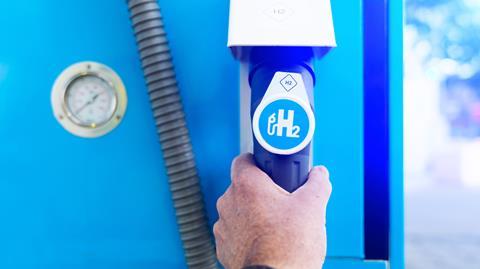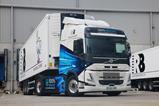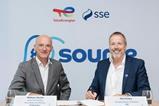The White House reveals its commitment to clean hydrogen with a $7 billion investment in seven regional hubs, poised to kick-start private sector investments and reduce emissions in hard-to-decarbonise industries.

The White House has unveiled plans to allocate a total of $7 billion in government funding to seven regional clean Hydrogen hubs across the United States. This initiative is part of the 2021 Bipartisan Infrastructure Law, designed to accelerate the production and utilisation of low-carbon hydrogen.
These hubs will play a pivotal role in driving the expansion of clean hydrogen production, with the White House anticipating they will stimulate over $40 billion in private investments. The selected hubs encompass various hydrogen production methods, including blue hydrogen (produced from natural gas with carbon capture and storage), green hydrogen, and pink hydrogen generated from nuclear power.
The following projects have been identified for further negotiation:
-
Mid-Atlantic Hydrogen Hub (MACH2): Covering Pennsylvania, Delaware, and New Jersey, this project is set to receive up to $750 million in funding. It aims to produce green and pink hydrogen using electrolysers, with apparent leadership from the three state governments. It boasts 15 “anchor partners,” including industry leaders like Air Liquide, Bloom Energy, PSEG, and Chesapeake Utilities.
-
Appalachian Hydrogen Hub (ARCH2): Spanning West Virginia, Ohio, and Pennsylvania, this project will secure up to $925 million in funding. It focuses on producing blue hydrogen from natural gas, capturing and storing associated CO2 emissions. The project incorporates hydrogen pipelines and multiple refuelling stations and is a collaboration between the West Virginia state government, EQT, Battelle, GTI Energy, and Allegheny Science & Technology.
-
California Hydrogen Hub (ARCHES): Centered in California, this project will receive up to $1.2 billion in funding. It’s led by the state of California and aims to produce green hydrogen from renewables and biomass to support the decarbonisation of public transport, heavy-duty trucking, and port operations. The initiative features an extensive roster of 203 partners, including major companies like Amazon, General Motors, and Air Liquide.
-
Gulf Coast Hydrogen Hub (HyVelocity Hydrogen Hub): Based in Texas, this project is allocated up to $1.2 billion in funding and will produce both green and blue hydrogen. HyVelocity involves a consortium of core partners, including ExxonMobil, Chevron, Orsted, Air Liquide, AES, and Mitsubishi Power Americas, with a focus on leveraging existing hydrogen assets to deliver clean hydrogen and job opportunities to local communities.
-
Heartland Hydrogen Hub: Covering Minnesota, North Dakota, and South Dakota, this blue hydrogen project is set to receive up to $925 million. It will utilise natural gas that would otherwise be flared and involves partners such as Xcel Energy, Marathon Petroleum, TC Energy, and the University of North Dakota.
-
Midwest Hydrogen Hub (MachH2): Encompassing Illinois, Indiana, and Michigan, this project will secure up to $1 billion in funding and produce green, blue, and pink hydrogen, including nuclear energy sources. With 71 partners, this initiative includes major players like BP, ExxonMobil, and Air Liquide, alongside several technology and energy companies.
-
Pacific Northwest Hydrogen Hub (PNW H2): Located in Washington, Oregon, and Montana, this green hydrogen project will receive up to $1 billion in funding. The scheme comprises proposals from 17 companies, including Amazon, Fortescue, Mitsubishi Power Americas, and regional utilities, primarily relying on hydroelectric power sources.
The White House anticipates these clean hydrogen hubs will collectively produce more than three million tonnes of clean hydrogen annually, representing a substantial portion of the national goal of ten million tonnes per year by 2030. A significant portion of the investment is earmarked for green (electrolysis-based) production, with an additional $1 billion allocated for demand-side support to encourage innovative applications of clean hydrogen.


















